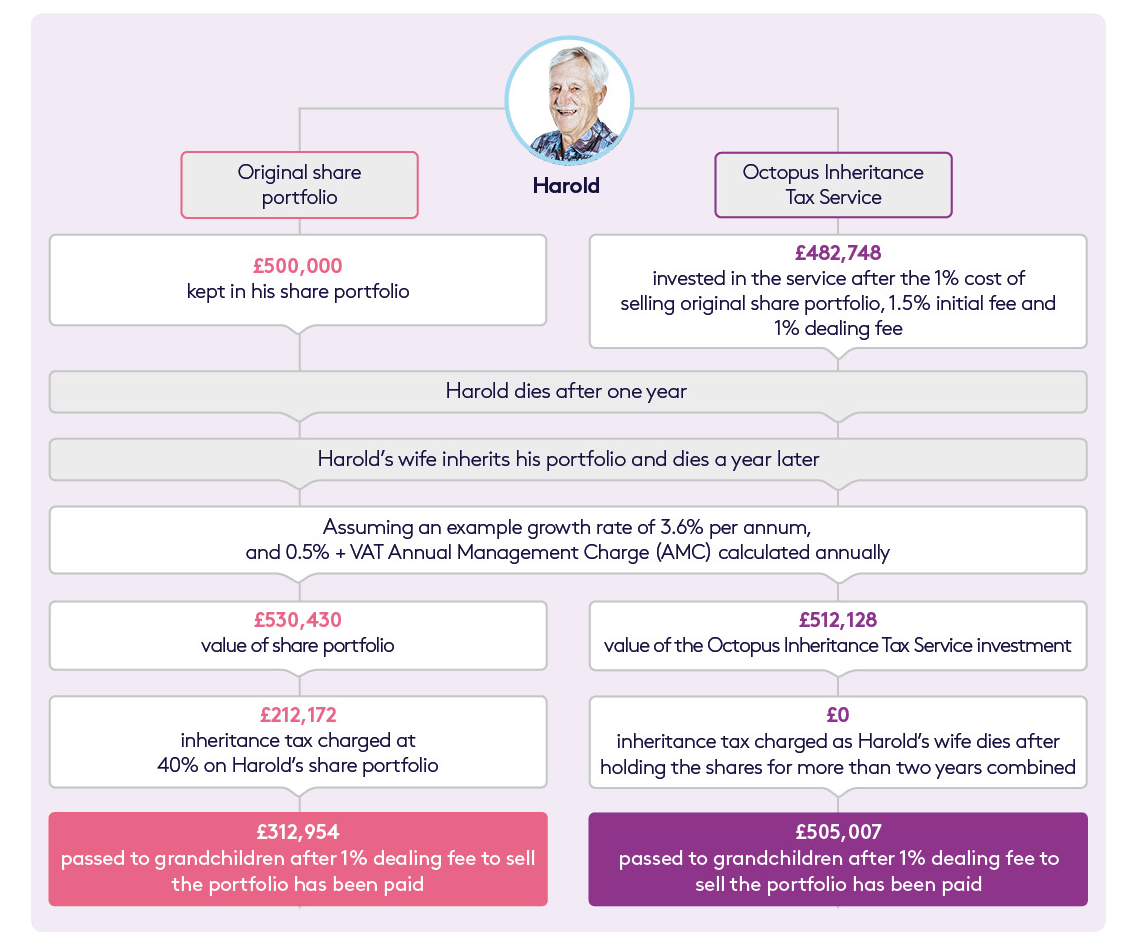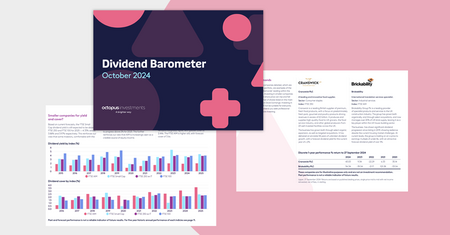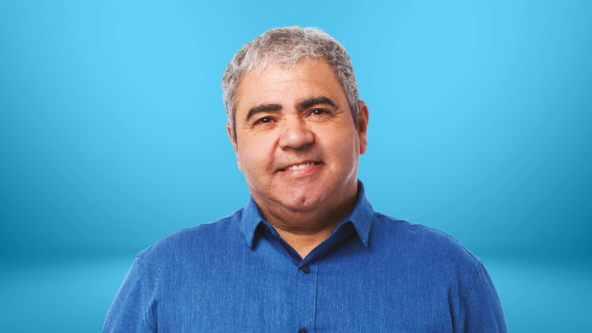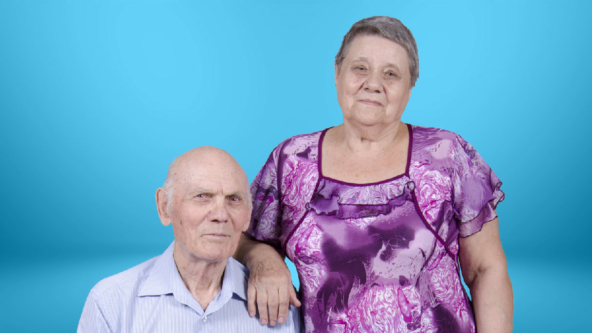Estate planning for clients who worry they’ve left it too late
Estate planning
What to do for clients worried they’ve left estate planning too late?
It’s common for older clients to feel they’ve left it too late to plan for inheritance tax. Many clients won’t think about estate planning until rather late in life, by which time approaches like gifting or life insurance may not be appropriate.
Business Relief (BR) offers a way for those clients to plan for inheritance tax, because relief from inheritance tax can be achieved within just two years, provided certain conditions are met.
Remember, BR won’t be right for everyone. It puts investor capital at risk and comes with other considerations that we explain further below.
About this planning scenario
This is a tax-planning scenario designed to help you build appropriate strategies for your clients.
Nothing here should be viewed as advice. Any suitability decisions should be based on a client’s objectives and needs, as well as their attitude and capacity for risk.
Advisers should consider the value of tax reliefs for a client and the impact of charges relevant to the product represented or any product chosen.
Meet Harold

Meet Harold, who worries he’s left estate planning too late
To see the difference BR can make for a suitable investor, let’s consider a potential scenario.
Harold and his wife are in their 90s. Most of their assets are in Harold’s name, with his wife his sole beneficiary.
The pair recently celebrated their platinum wedding anniversary, causing Harold to reflect on his advancing years and his legacy.
Harold and his wife are not getting any younger, and they would like to leave something for their two children and five grandchildren.
The couple’s adviser tells them that a £500,000 chunk of their investment portfolio would be liable for inheritance tax were they both to pass away without putting any planning in place.
Harold is concerned that neither he nor his wife may survive the seven years necessary to get the full benefit from gifting. Life insurance is also an unrealistic option because of their ages.
A tax-planning solution
The adviser assesses Harold’s needs and objectives, appetite for risk and capacity to bear losses and suggests making an investment that qualifies for Business Relief, a longstanding relief from inheritance tax. He explains that if BR qualifying investments are held for two years and at the time of death, they are zero-rated for inheritance tax.
BR qualifying portfolios invest in the shares of one or more unquoted or AIM-listed companies. They are higher risk investments than the couple’s existing investments, and the tax relief is designed to provide some compensation to investors for taking additional risk.
If Harold survives for two years after making the investment and continues to hold the shares until he passes away, they would be expected to qualify for BR. That means he should be able to leave them to any beneficiary free from inheritance tax when he dies.
If Harold were to die within two years of making the investment and is survived by his wife, the shares can pass to her without the need to pay any inheritance tax. His wife would then continue the two-year clock and only need to survive until the two-year anniversary of Harold making the investment for the shares to be zero-rated for inheritance tax.
In other words, so long as one spouse survives two years, the estate should save on inheritance tax.
While the couple are not expected to need to access this pot of money during their lives, the investment will remain in their names, and so they can request a withdrawal should they need to. Their adviser makes it clear, however, that withdrawals cannot be guaranteed.
Key risks
Harold’s adviser explains the risks
Making a BR qualifying investment would put Harold’s capital at risk. The value of their investment, and any income from it, could fall or rise, and they may not get back the full amount they put in.
BR qualifying investments have to be made into unquoted or AIM-listed shares. The value of shares of unquoted companies and those quoted on the Alternative Investment Market can fall or rise by more than shares quoted on the main market of the London Stock Exchange. They may also be harder to sell.
Harold’s adviser explains that BR is assessed by HMRC on a case-by-case basis, and that this assessment happens when an estate makes a claim. The ability to claim the relief will depend on the company or companies he invests in qualifying for BR at the time the claim is made. Tax relief will also depend on personal circumstances, and tax legislation could change in future.
Get in touch with your local IHT expert to discuss this scenario
How it works
How it works in practice
Let’s see how it might look if Harold were to invest in the Octopus Inheritance Tax Service, a service that invests in the shares of one or more unquoted companies expected to qualify for Business Relief.

Please note:
- This example is for illustrative purposes only and each investor’s own tax situation may be different.
- For ease of comparison, we’ve assumed identical charging structures, an annual growth rate of 4.2%, and that annual management charges are calculated annually.
- The risk profile of each portfolio, charging structure, and any growth or losses is likely to differ.
- This example does not include any charges paid for financial advice.
- The Octopus Inheritance Tax Service has an initial charge of 1.5%, a deferred AMC of up to 1% + VAT and a dealing fee of 1%. AMC is calculated daily.
- This example assumes that the investments will be held until death and the nil rate band is offset against other assets.
Find out more about how the Octopus Inheritance Tax Service could help clients like Harold
More planning scenarios









